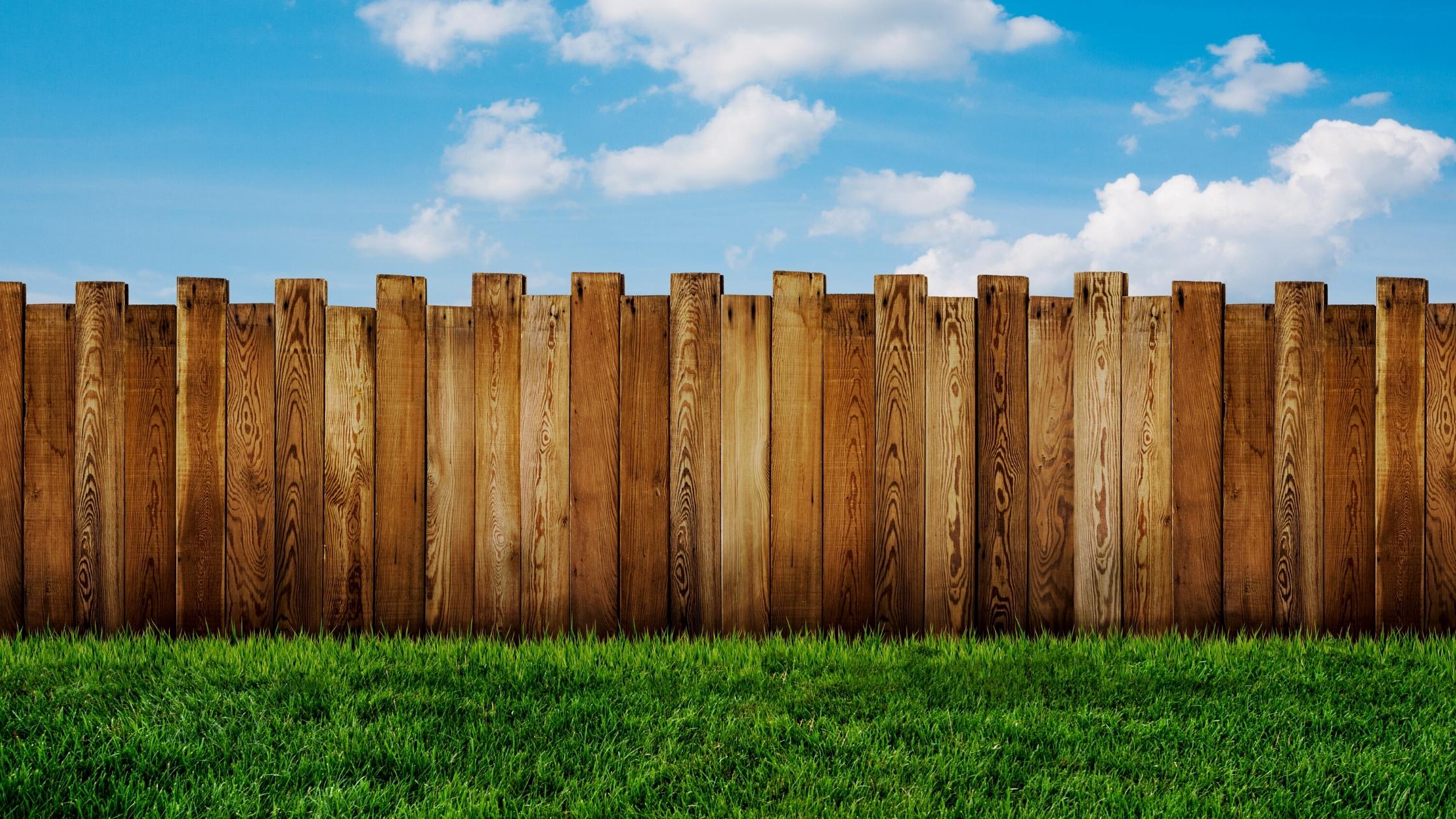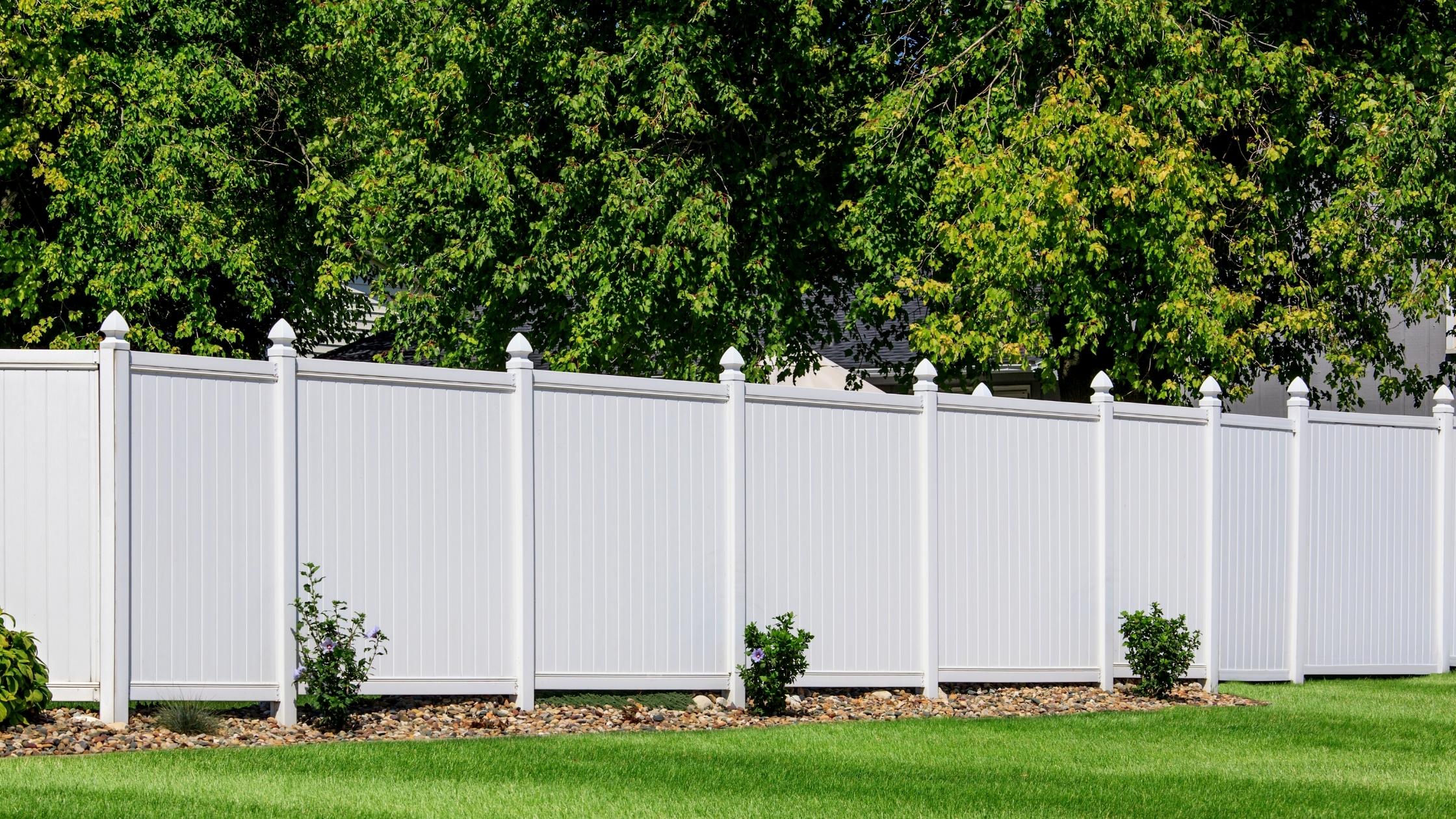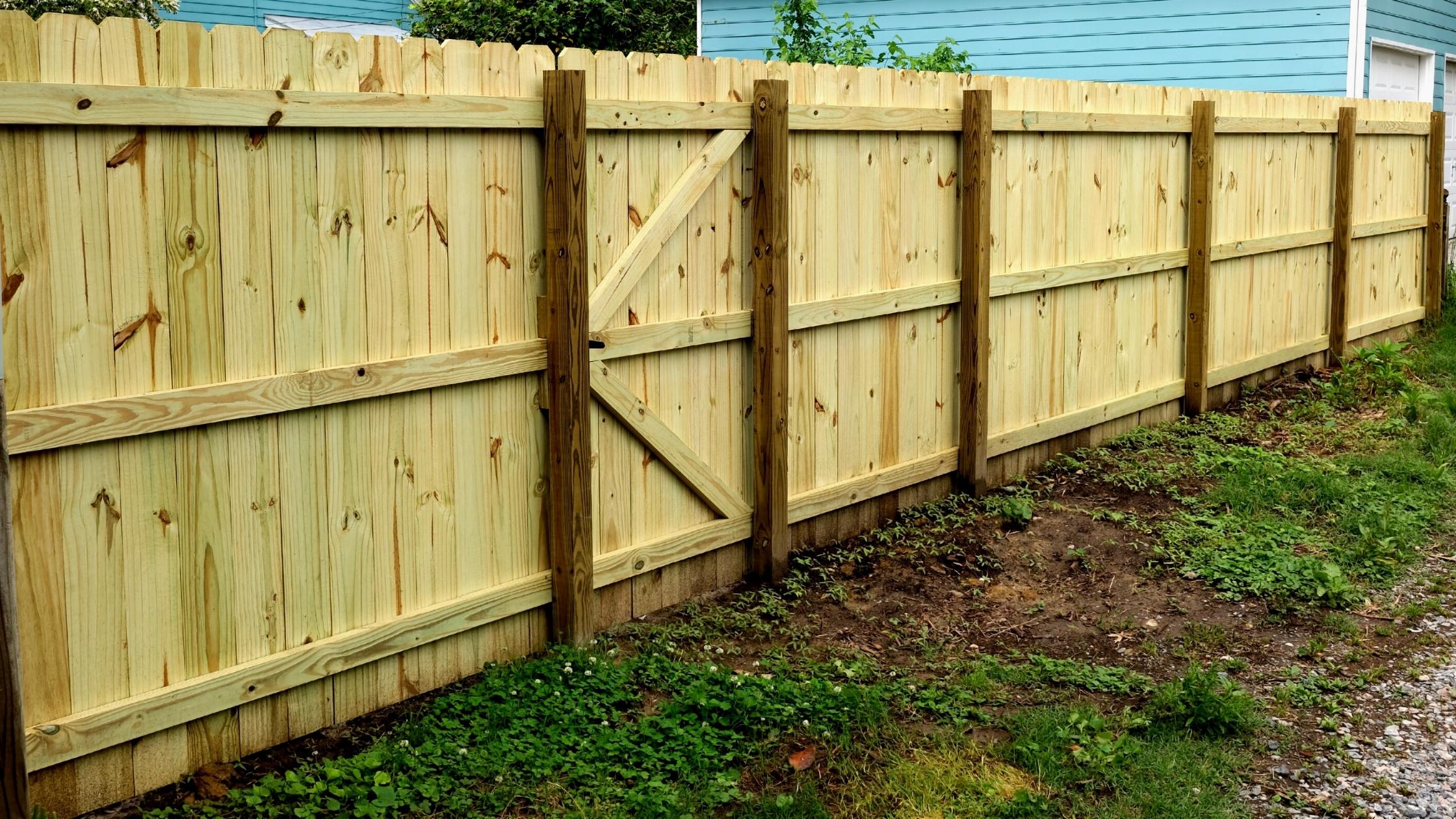Wood vs. Vinyl Fences: Which One Is Better

Choosing the correct type of fence for your property is an important decision that should not be taken lightly. There are several pointers to consider, and you will want to find a style that suits the needs and personality of your home. In this blog post, we will compare wood fences with vinyl fences, so you can make a wise decision when it’s time to make a purchase.
Wood or Vinyl: The Two Great Privacy Fence Materials
Installing fences around your home can reduce burglary risk. It protects the home and creates clean and elegant looks while retaining privacy and reducing noise. Many people are deciding on whether to buy vinyl or wood fences. You should do your homework when making this decision. The way fencing material is measured is easier to understand when you know about it in advance.
Long-Term Costs
Although most homeowners intend on spending a minor amount of money on a fence, few believe it is beneficial in the long run. Your fence, like other parts of your house, must be maintained. If you do not do proper maintenance yourself, you will have to hire someone to do so for you. You should also consider the expense of replacing the fence if you replace it every two or three days. The material’s longevity may be predicted using our “Lifetime” measurement.
Wood

Wood fences are popular because they look natural and simple. The fencing has green plants that make the fence look good. Wood fences are cheaper to buy upfront and more affordable to install than other fences. The weaknesses of wood fences are that the wood will break down and not look as good as it used to, so you need to keep it maintained over time.
Maintenance
There’s nothing nicer than having a long list of chores to perform when your house isn’t well-maintained. This means that the time you spend maintaining a fence is more worthwhile. Vinyl is by far the most excellent option among different fence materials. Natural wood fencing needs to be sanded, painted, and stained regularly to preserve its look and maintain a new fence. Wood fences are susceptible to deterioration in high temperatures and can grow larger after rainfalls or wet days. Repairing them is also necessary.
Vinyl fence

A 6-foot high 209yd privacy wall was installed. Contact fencing specialists in your town. Fences make up a substantial part of most homes. They provide privacy and safety to animals on the property too. Besides enhancing curb appeal, they can improve landscaping designs too – especially if you plan to install solar-powered lights. There are many different styles for fencing materials, and wood and vinyl are some popular choices today.
Maintenance and Durability
Vinyl does not require to be cleaned often. It does not peel, and it needs to be repainted or stained. Wood fences must be stained or painted regularly. Peeling and dirt will build upon them.
Wood fences, particularly those not constructed of pressure-treated wood, decay and warp with time. Wood fences are also susceptible to rust, which causes the nails to lose their form. Termites, as well as other insects, find these to be very irritable.
Sustainability
Wood fences are good for the environment as long as they are harvested carefully. Softwood is best for sustainable development. Woods that do not get treated can last a little longer than hardwood and will need to be replaced more often.
A modified softwood fence may last for many decades and be easy to maintain. Tropical hardwoods are good choices when looking at the aesthetic of the fence. But some tropical hardwoods can become endangered because of improper harvesting. They take up to 75 years before they grow back.
Style
In terms of style, most individuals are familiar with wood fences and their features. These were employed for hundreds of years, and whether traditional or modern, the outcome was always predictable. Wood fences may be painted or stained to match your home’s style, and you can even add some decorations like capped corbels and caps. Vinyl fence systems are more recent but have grown in popularity because of their low upkeep requirements and lack of paint. They do not chip or fade when exposed to sunlight, nor are there any termite worries involved.
Installation
Most people need to hire a professional to install their wooden or vinyl fence. Wooden fences usually have posts that need to be set into the ground and then tied together. Vinyl fences are easier to install, and homeowners can buy a kit, including instructions on how to do so. The price of installing a fence is included in the cost of buying one. Still, many people hire an installer anyway because they will do it better than someone who buys their own kit and instructions on doing it themselves.
Costs
Vinyl and wood offer different styles of fences. One type is pressure-treated pine, which is not as durable as other wood types. It is cheaper but not as strong. Another option for your fence can be cedar, which will be more expensive but last longer. Cedar starts at $3 to $6 a linear foot and increases to $10 to 18 per linear foot for tropical hardwood. Consider the size of your project when deciding between wood and vinyl fencing. If your budget is limited but your yard is large, wood may be the best option (unless you plan to live in this home 15 years down the line). However, if the area you’ll be fencing is small and you can afford the upfront cost, vinyl is the way to go.
Repairs
Fences might need some repairs after a while. If wood fences warp, you can replace them. When they break, it is usually because of heavy snow or because the fence was hit by something. Vinyl fences will fail if they are pushed hard by snowplows with too much snow on them. It is easy to fix vinyl fences, but only certain people can do this.
What to Consider When Choosing a Vinyl or Wood Fence?

Many homes are surprised to find that you can buy different fences for cheaper. It might seem hard at first to choose, but you should narrow it down. The most typical material for fences is wood or vinyl, but they are also used in many places. You should think about what type of fence you need before you start looking.
Wood Still Looks More Natural Than Vinyl
There are many types of wood for you to use in your home. Wood has a natural feel that is unmatched by anything else. Different designs include privacy barriers, decorative tops, and French-Gothy wrought-iron pickets. And there are finishes for wood with lots of colors to choose from. Cedar has reddish-red color, sturdier grain, and studied knots compared to the slightly pricier redwood with a teak finish.
Vinyl Fences Are Easier To Clean
Garden hose is often used to clean dirt splatter from vinyl fences. If you’re going to install a vinyl fence, get a pressure washer so that you may easily remove the dirt. On the other hand, wood fences may require more frequent cleaning of surfaces or cleaners since they have a very porous substance that encourages mold and mildew growth. Keep in mind that color matters as well: white reflects a lot of filth and indicates that you want white when it’s actually vinyl’s best option.
Wood Can Be Refinished
You cannot make vinyl fences any color other than it already is. You can’t get them stained or glazed. Wooden fences are a good option because you can get them stained any color you want, and they will change over time to be different colors.
To learn more about the pros and cons of wood and vinyl fences, click here.
Frequently Asked Questions About Wood vs. Vinyl Fence

